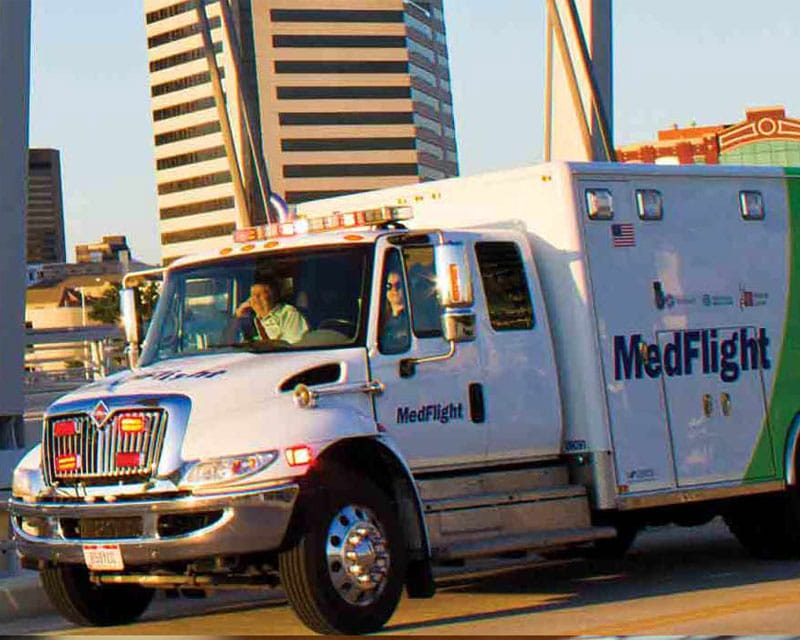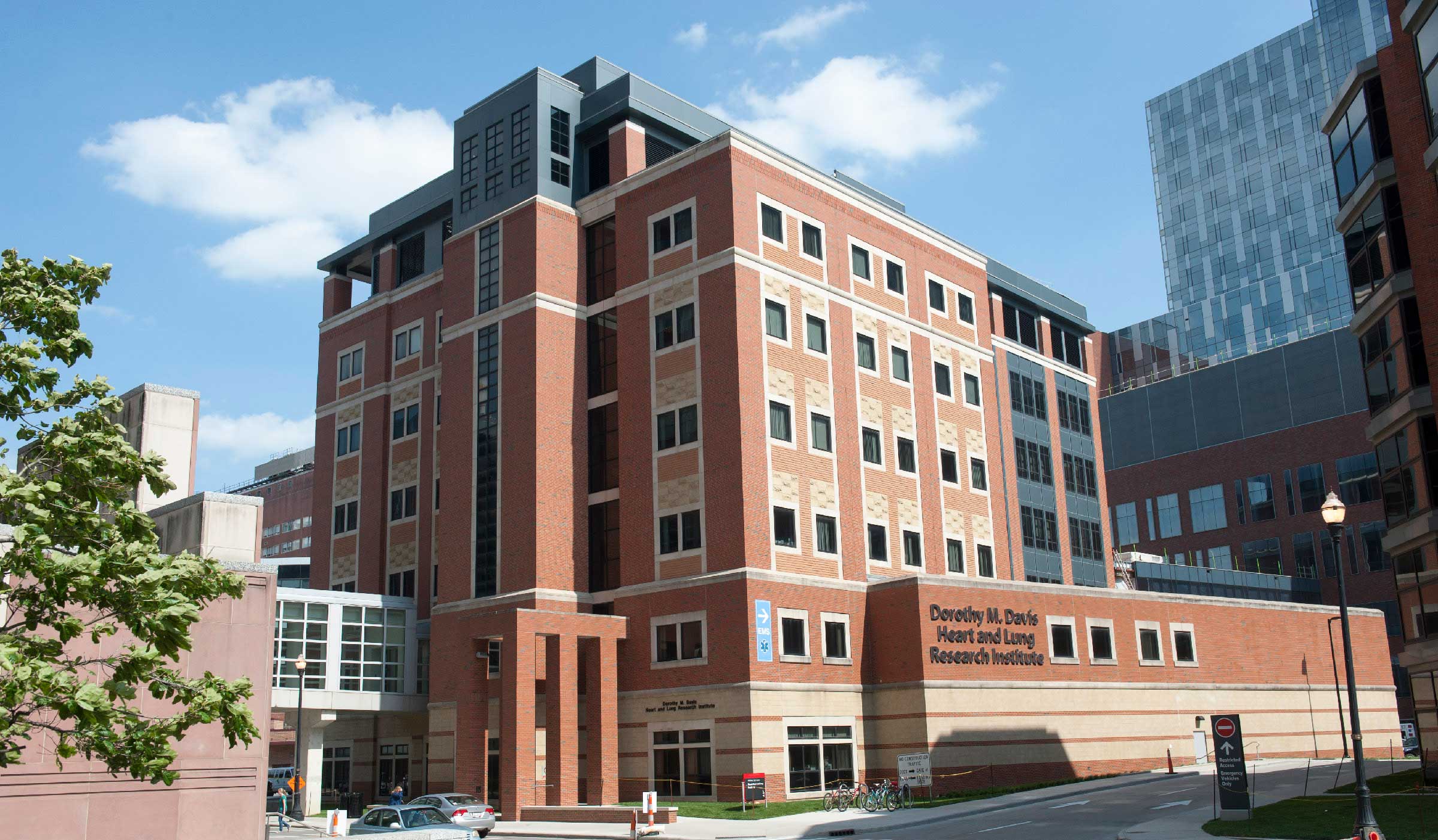
Safer Patient Transport

To fight a killer, you need the right weapons, and you need to know how to use them safely and effectively. At Ohio State, the Dorothy M. Davis Heart and Lung Research Institute (DHLRI) is taking on cardiovascular disease with innovative research, robust collaboration and a commitment to prompt translation from bench to bedside. Over the past 16 years, the DHLRI has evolved to become one of the nation’s largest heart and lung research institutes. It now serves more than 700 faculty, staff and trainees and generated more than 600 manuscripts in 2018. With well over a dozen new research programs recruited in the past year and more than $27.6 million in annual funding just from the National Heart Lung Blood Institute at the National Institutes of Health, the DHLRI continues to expand its reach into critical new areas.
“Human disease is complex and we must have a research strategy that acknowledges this complexity,” says Peter Mohler, PhD, director of DHLRI, Vice Dean for Research for the College of Medicine and chair of the Department of Physiology and Cell Biology. “For instance, about half of the patients at the Ross Heart Hospital here at Ohio State with heart failure also have some form of metabolic disease. Further, we now know of the importance of understanding the impact of cancer therapies on the heart. Finally, we must grow our research in critical pulmonary diseases such as pulmonary fibrosis. We have attracted some great new teams in this area and look forward exciting new research findings.”
It’s part of a larger effort to provide comprehensive care that considers the patient’s entire clinical picture, as well as lifestyle and personal preferences. “Our clinical and research teams are truly integrated with the goal of improving the lives of patients not only in central Ohio but around the world,” Mohler says.
With seven dedicated floors and the latest technologies available — as well as space across the Ohio State campus — the institute is one of the nation’s largest heart and lung research centers. But even with the impressive facilities and technology, the institute’s greatest strengths, and the reasons for its continued growth and funding, Dr. Mohler says, are a culture of collaboration and a shared sense of purpose among the staff at every level, from investigators to research assistants to administrative support.
“One exciting example is our growth in our research of metabolic disease. Over the past three years, we have recruited a dozen new faculty that have already made discoveries that have been featured on the nightly news- these discoveries are already impacting our treatment of human disease,” Mohler says. “These new recruits have partnered with existing faculty teams across Ohio State. A team might consist of a surgeon, a cardiologist, a pulmonologist, a geneticist, an engineer and a physicist all working on a single project. It’s been a lot of fun building these teams, and we believe it sets us apart from a lot of other research centers. Many places do excellent research and offer excellent clinical care, but I think we’re one of the few where the two worlds not only meet, but are designed around each other.”
Recruiting and educating new researchers, as well as collaborating and gaining community support, are also easier when the environment is positive and empowering — and are critical to a sustainable program.
“We have some of the most brilliant and selfless people who have the patient’s care and well-being in mind,” Dr. Mohler says. “With these people all under one roof, collaborations are built through daily interactions, when they’re coming in on a Saturday morning to do an experiment or they’re having coffee in the afternoon. And when you have a group of committed people with a shared goal, you can do some complex and powerful things.”
Read more featured stories about The Ohio State University Heart and Vascular Center.

Safer Patient Transport

New treatment for atrial fibrillation

First US Medical Center in Clinical Trial